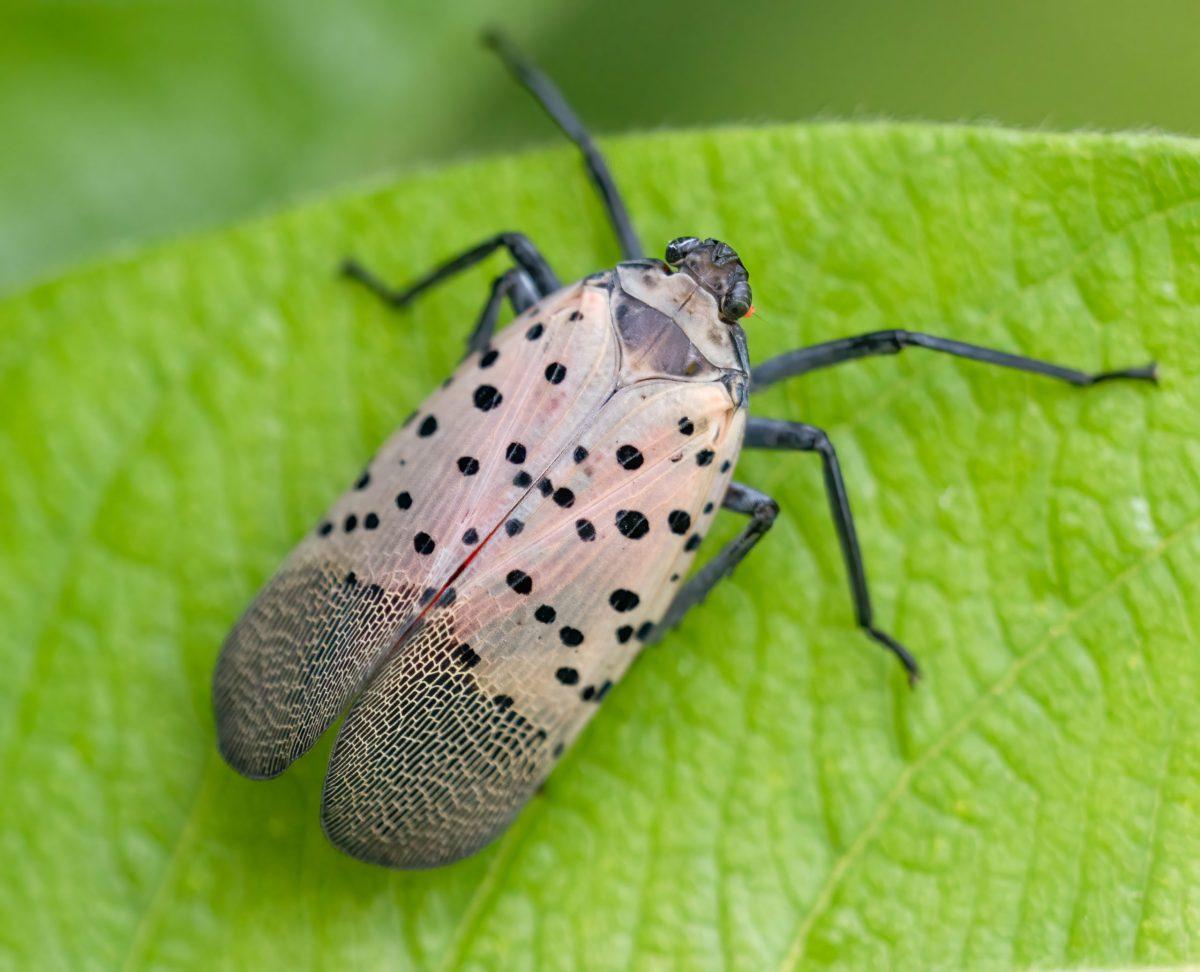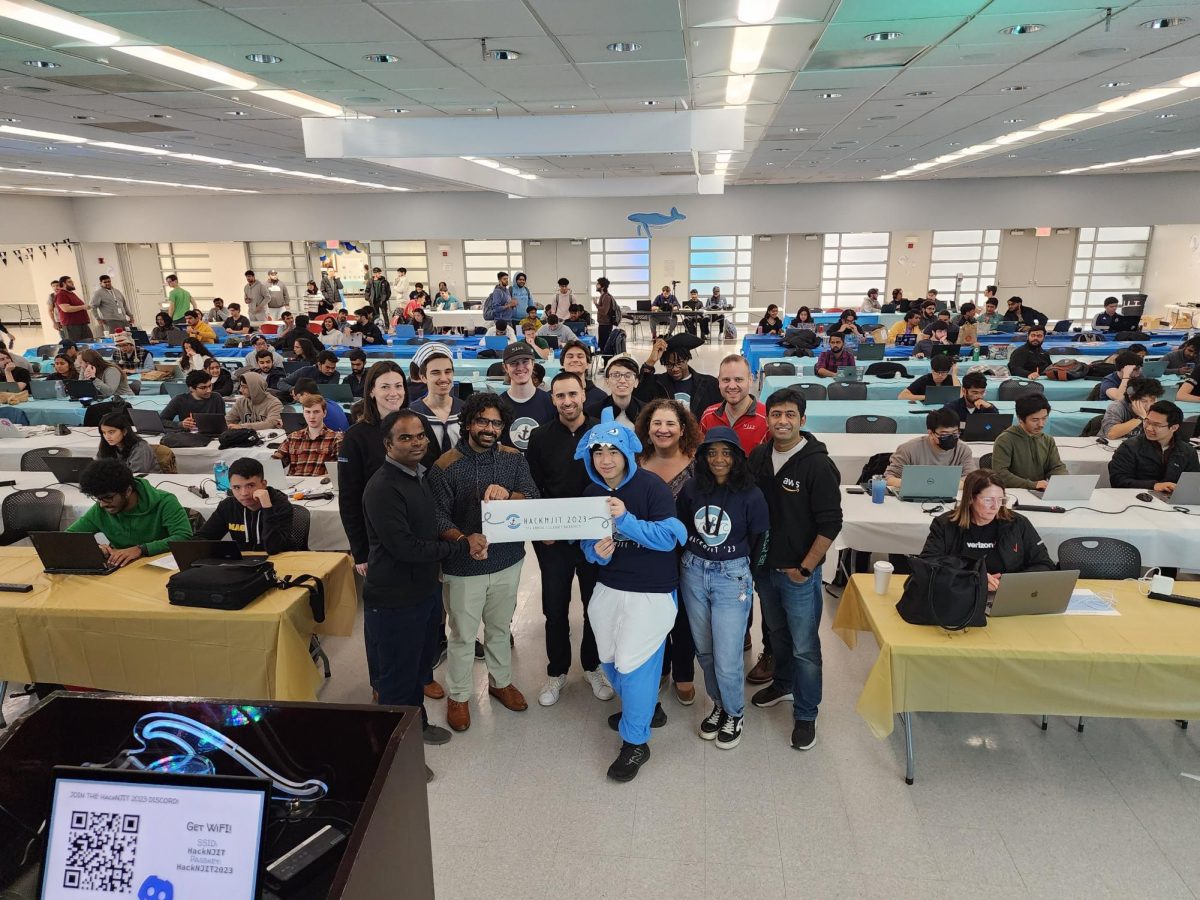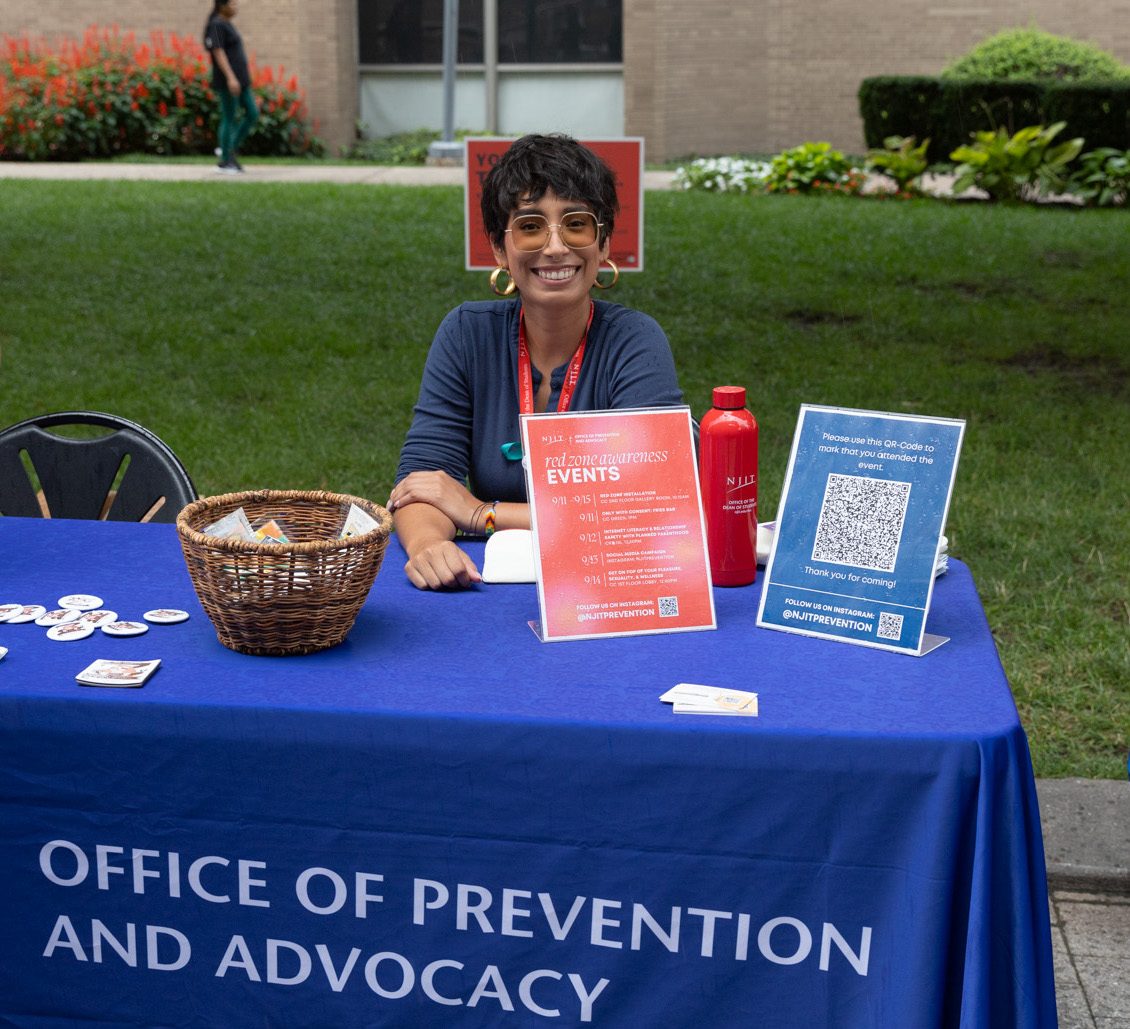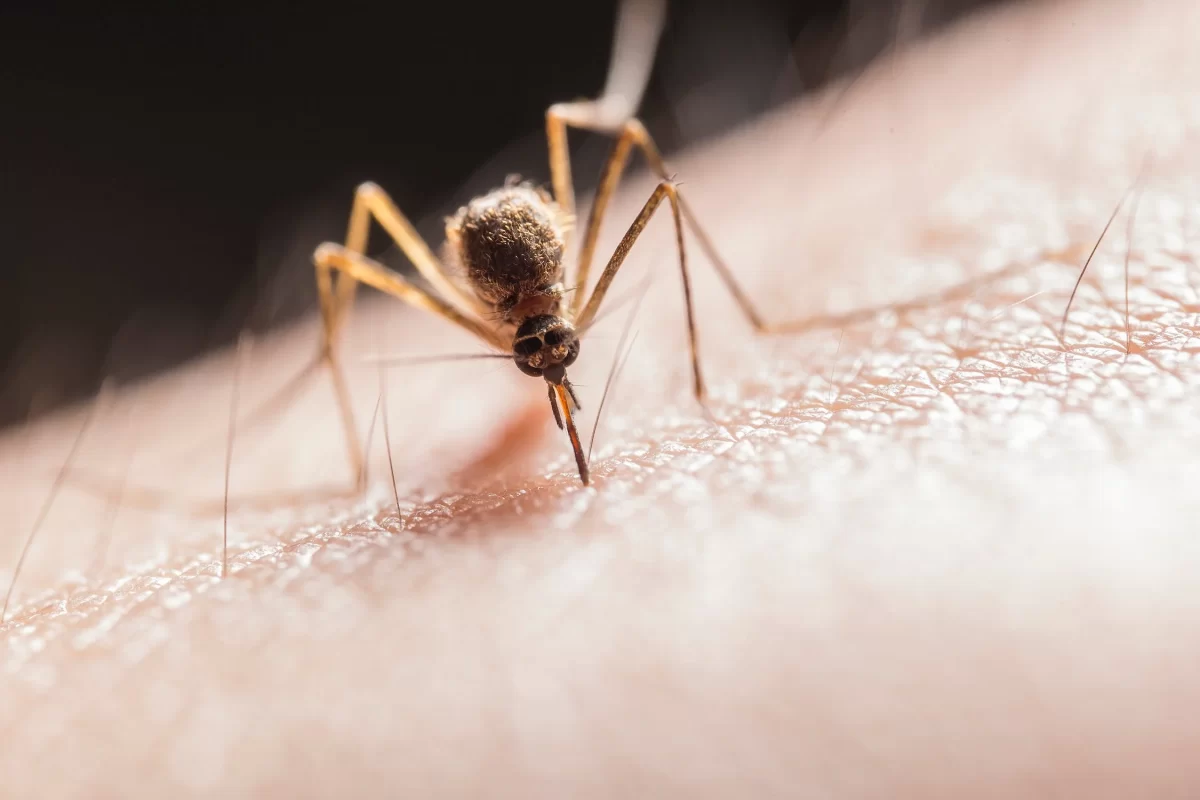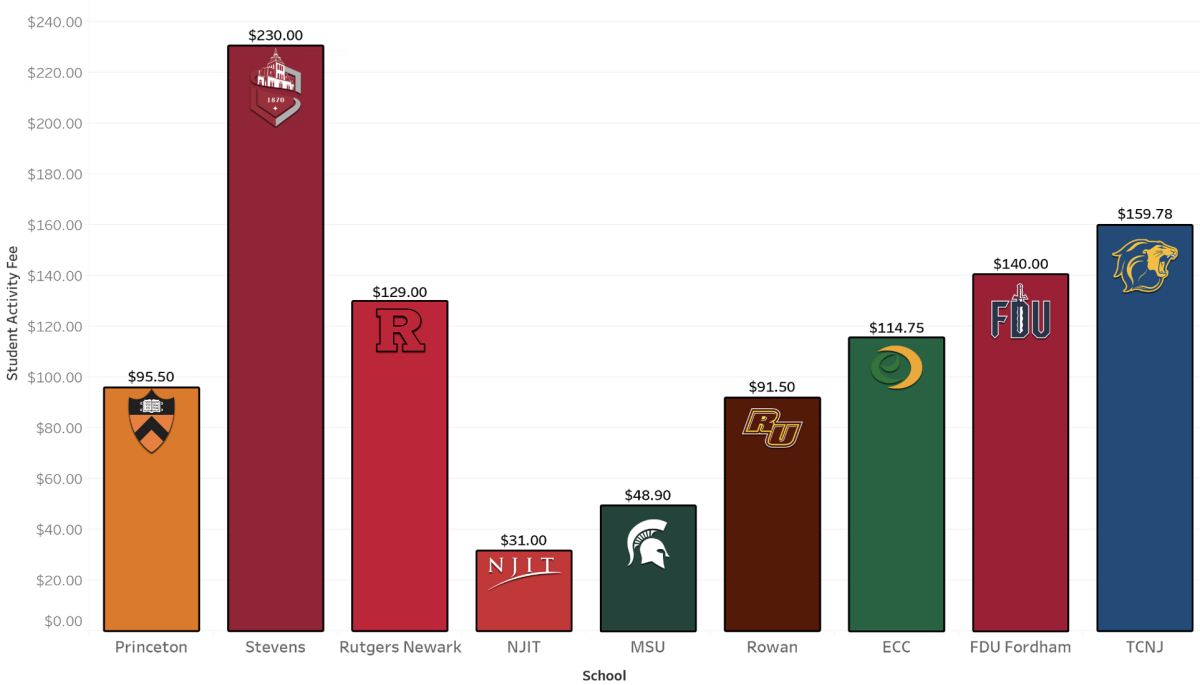Students and faculty at NJIT have probably seen a lot of insects sporting colorful spotted wings around campus. The Spotted Lanternfly is quite pretty. They don’t even bite or swarm people. Yet they are a menace and should be killed on sight by anyone who gazes upon their beautiful wings.
The Spotted Lanternfly is an invasive species originating from China. Their first impact in America was in 2014 in Pennsylvania. Over the past several years, their population has spread throughout many U.S. states, with New Jersey being a more recent victim of their carnage.
Since early August, the Lanternfly population in New Jersey has spread, claiming five more counties. Essex, Morris, Middlesex, Union and Monmouth have all been quarantined for these pests, bringing the total number of infested New Jersey counties to 13.
What makes invasive species so catastrophic is their lack of natural predators. They can run rampant in a foreign environment without a mechanism to keep their population in check. As a result, they disrupt the ecosystem for native species. One famous example is goats on the Galapagos Islands. Goats, being very adaptable, had a population explosion on the Galapagos. Their presence nearly wiped out what remained of the endangered Galapagos Tortoise because the goats would consume all the available food. Eventually the goats just had to all be killed on sight to ensure the survival of the native species.
The Lanterfly is a dangerous invasive species because they kill trees and vegetation. They feed off the sap of over 70 different plant species. Many crops are at risk including grapes, cherries, apples, peaches, almonds, walnuts, plums, apricots and nectarines. The trees they feed on include maple, oak, poplar, pine, sycamore and willow. The Lanternflies pose a serious threat to the local timber and agricultural industries. On top of that, the honeydew they excrete attracts other pests like wasps and bees in addition to produce mold.
The economic cost of these pests is significant. A 2019 report from the Penn State College of Agricultural Science estimated that Lanternflies could potentially cost the state of Pennsylvania 324 million dollars and 2,800 jobs a year, with the worst-case scenario being 554 million dollars and 5,000 jobs a year. Since New Jersey’s agricultural economy isn’t as big as Pennsylvania’s, the threat to our state isn’t quite that severe. However, that’s still hundreds if not thousands of jobs at risk in New Jersey.
The New Jersey Secretary of Agriculture stated that every person should kill the pests whenever they see one. We are at the time of the year when Lanternflies breed and lay their eggs. Each egg mass will hatch 30 to 50 nymphs come spring. They have already spread from one state to dozens of states over the past few years. If we do nothing, their population could grow exponentially as they rampage through the country.
So please, if you happen to see one of these beautiful insects, kill it. They are a living plague to our plants. Protect our stunning trees and preserve what still remains of the Northeast American ecosystem.
























